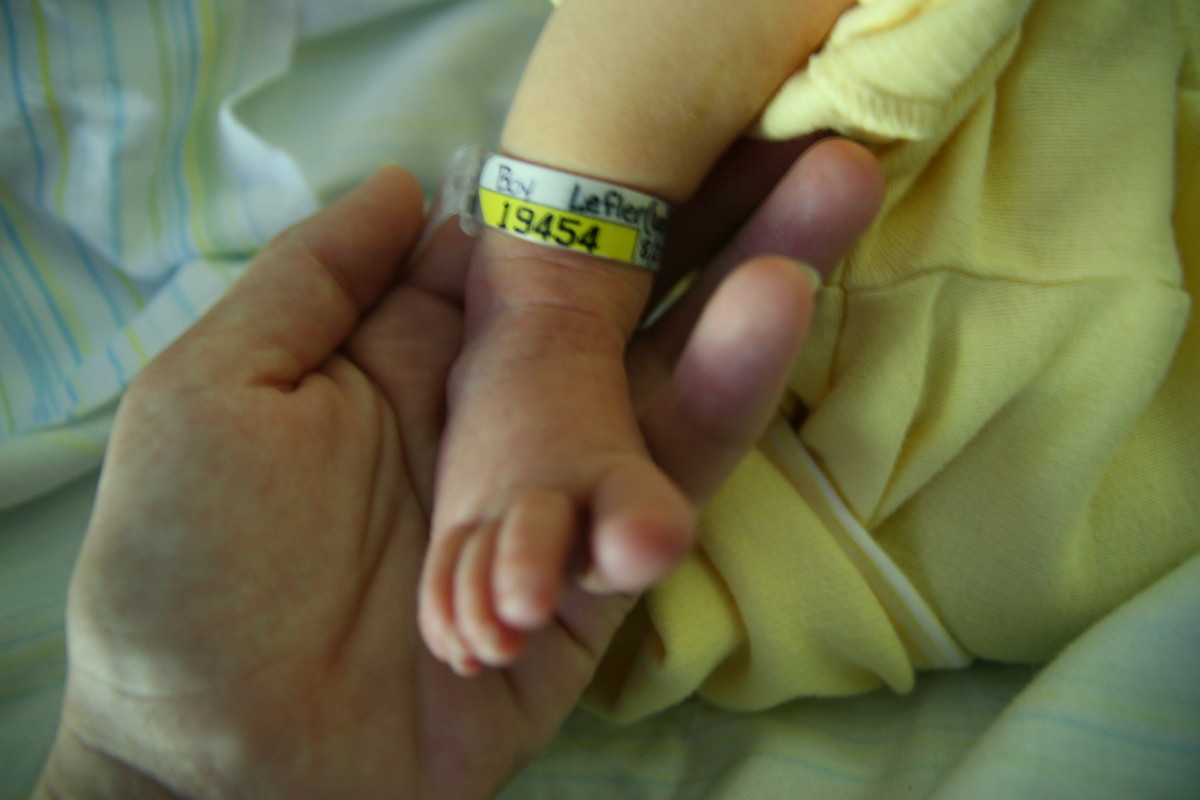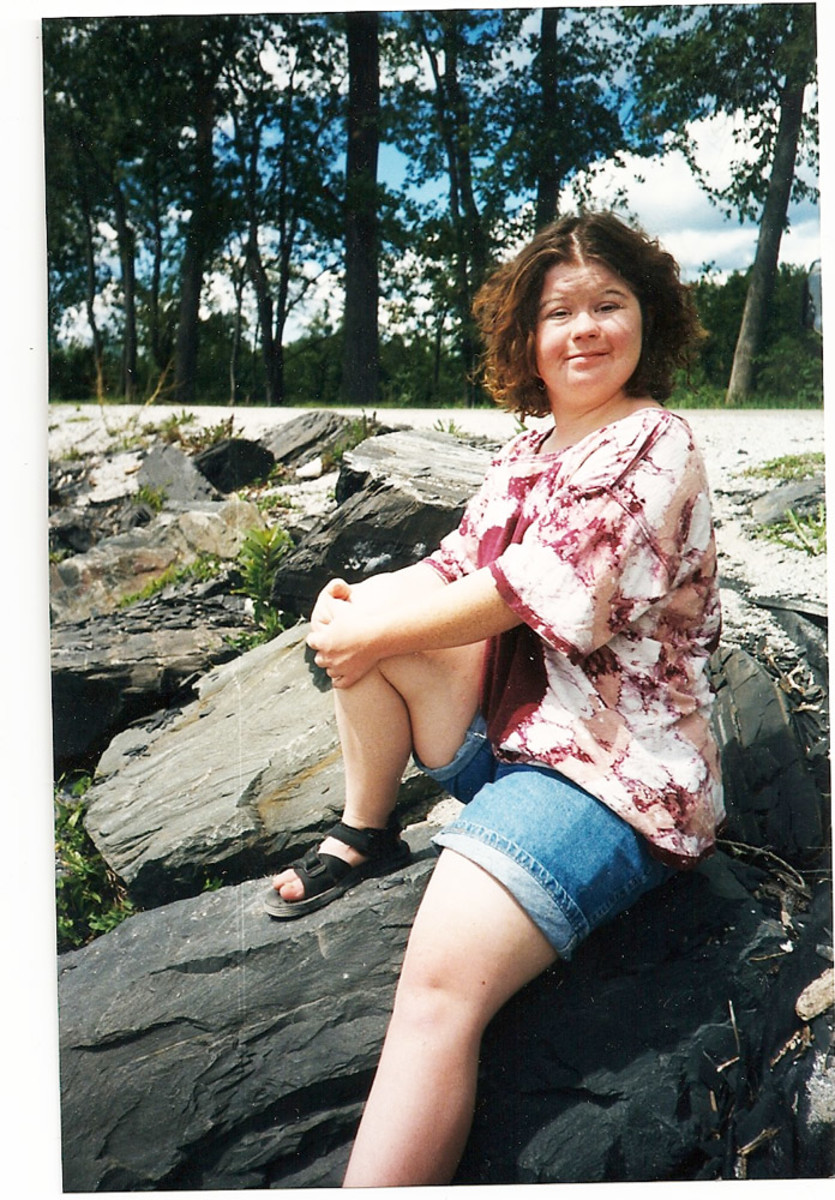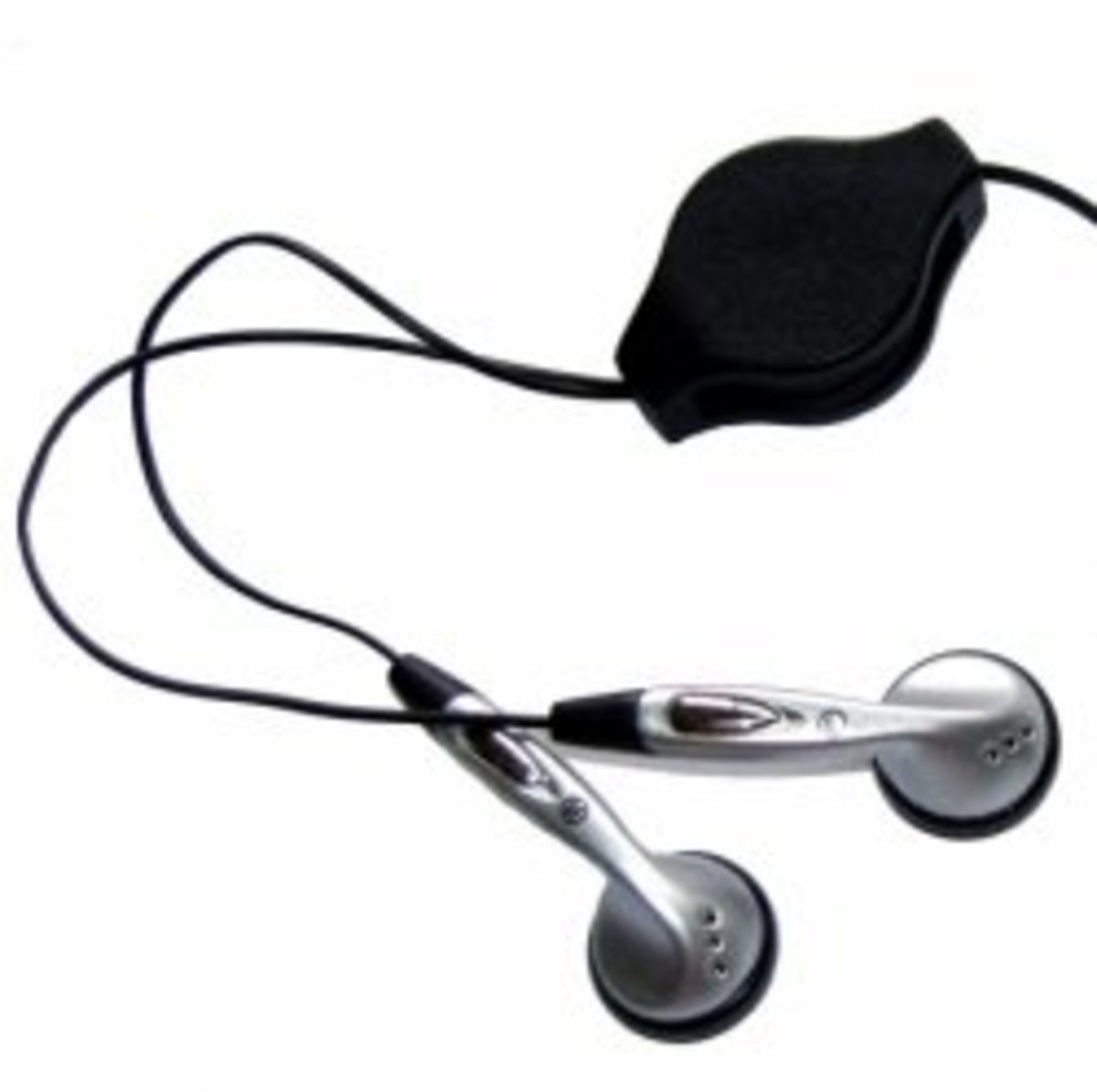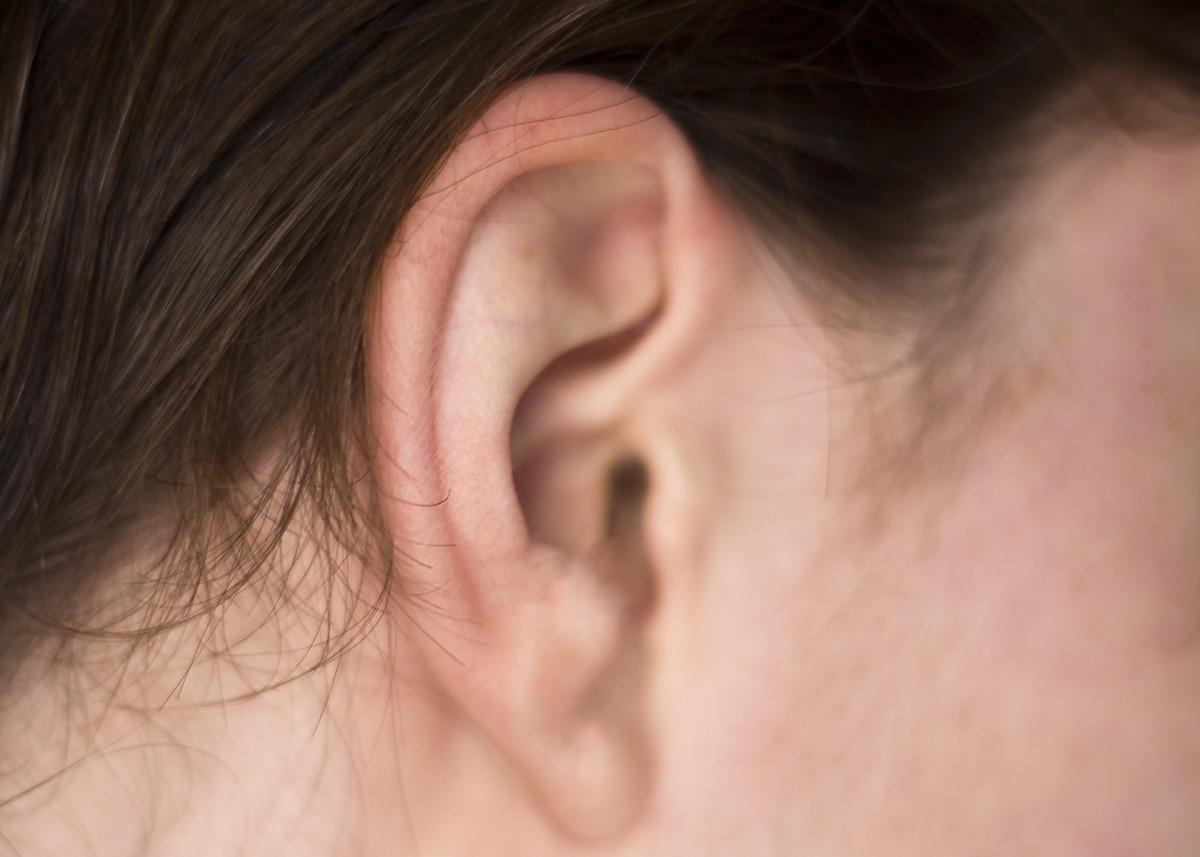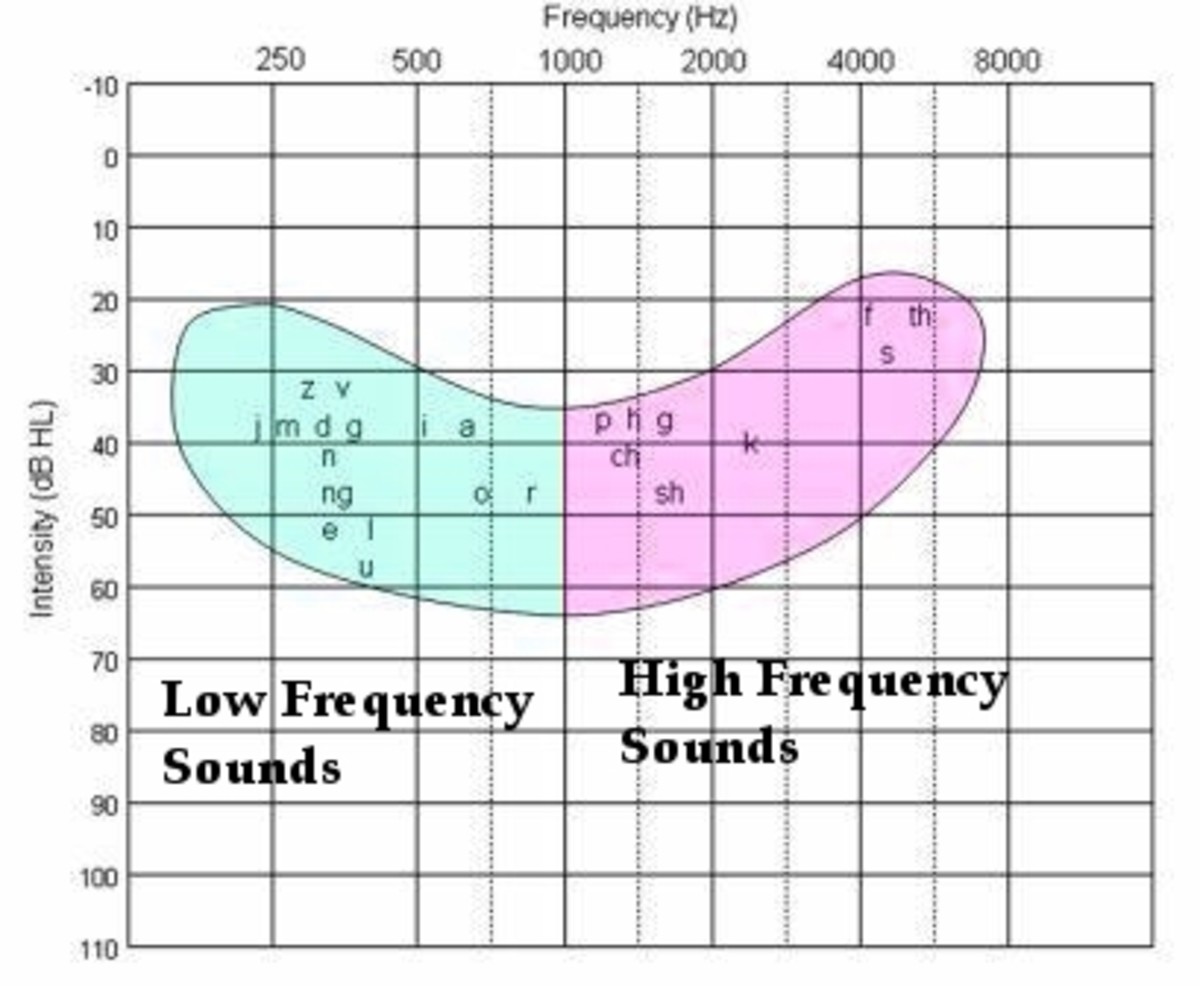Voice-hearing: how common are auditory hallucinations in the general population?

Introduction
Voice-hearing refers to the experience in which a person hears one or more voices that other people cannot hear. The medical term for this phenomenon is auditory hallucination, a symptom that traditional psychiatric services view as having diagnostic significance in serious mental disorders such as schizophrenia. But how common is voice-hearing in the general population?
Surveys of voice-hearing
Surveys that have asked large numbers of people as to whether they have heard voices that others present cannot hear have produced widely differing results. Questionnaire surveys, where the respondent is asked to tick boxes, tend to lead to higher reported prevalence rates than when face-to-face interviews are employed.
The earliest study was undertaken in the late 19th century with a community sample of 17,000 people (1). The authors found that 12% of women and 8% of men claimed to have had at least one hallucination (auditory or visual) during their lifetime. Comparable outcomes emerged over 100 years later in a sample of American adults where over 8% of the participants endorsed hearing voices (2).
A survey suggesting a much higher incidence of voice-hearing was conducted with 375 university students, none of whom had any history of contact with psychiatric services (3). Over 71% of the students reported that they had heard voices at some point in their lives. Items endorsed included: hearing one’s thought spoken aloud (39%), hearing the voice of God (11%) and conducting conversations with voices (5%). The finding of such a high level of voice-hearing in this college population suggests a greater incidence in younger people, an assertion supported by a number of other studies.
At the other end of the spectrum, some studies have provided much smaller (although far from rare) estimates of voice-hearing in the public at large. The Eastern Baltimore Mental Health Survey (4) found that 4% of people “heard things that others could not hear.” Similarly, an Australian census revealed that 3.4% of the sample claimed to have had at least one voice-hearing experience (5).
A recent review article provided the most convincing estimate of voice-hearing (6). Considering 17 surveys across nine countries, the authors calculated a typical incidence in the general population of around 13%.
The importance of personal meaning
When attending an event organised by the Hearing Voices Network one is struck by the wide variety of people who participate; people from professional and managerial occupational groups stand alongside manual labourers and the unemployed. In addition to occupational status, voice-hearers differ hugely in relation to the amount of distress they experience. At one end of the spectrum is the person suffering a psychotic episode, tormented by the voices he hears. In stark contrast there will be people who are untroubled by their voices, or who may even find them comforting.
A key determinant of the degree of distress associated with voice-hearing is the meaning that the person attaches to the experience. By way of illustration, consider two people (person A and person B) who hear exactly the same voice repeatedly saying, “take care.” Person A may interpret the voice as being that of the devil making threats to his personal safety and, as a consequence of this interpretation, he will feel scared and vulnerable. In contrast, person B might make sense of the same voice as emanating from his guardian angel and therefore feel safe and secure.
Marius Romme (MD PhD) in conversation with Pete Sanders
You're never far away from a voice-hearer
If you are not one of the 13% of the world’s population who experience auditory hallucinations, no matter where you are or what you’re doing, you will never be far away from someone who does.
The United Kingdom hosts somewhere in the region of eight million voice-hearers. In the USA the number can be estimated to be around 41 million. If you happen to be a spectator at an average NFL game there will be about 8,500 voice-hearers in the stadium. The large majority of these people will not have had any contact with psychiatric services, nor would they seek or require such contact. Some will have experienced auditory hallucinations in the context of illicit drug use. For others, voice-hearing may have emerged in the aftermath of the death of a loved one, or as a consequence of a trauma or a prolonged period of sleep deprivation.
In recognition of the high prevalence of voice hearing experiences in the general population, a service-user run organisation called the Hearing Voices Network has emerged. The first branch of the network was established in the United Kingdom in 1988, as a result of the pioneering work of Dutch psychiatrist Marius Romme. Hearing Voices Networks have now been established throughout Europe and in Japan, Australia, New Zealand, Israel and the USA. The main aims of the Hearing Voices Network are to raise awareness about voice-hearing, promote peer support and to deliver training sessions on the topic of voice-hearing to mental health professionals and the general public.
References
- Sidgewick et al. (1894). Report of the census of hallucinations. Proc. Soc Psyche Res 26, 585 – 586.
- Shevlin et al. (2007). The distribution of positive psychosis-like symptoms in the population: a latent class analysis of the National Comorbidity Survey. Schizophrenia Research, 89, 101 – 109.
- Posey, T. and Losch, M.E. (1983). Auditory hallucinations of hearing voices in 375 normal subjects. Imagination, Cognition & Personality, 3(2), 99 – 113.
- Eaton et al. (1991). Screening for psychosis in the general population with a self-report interview. Journal of Nervous & Mental Disorders, 179, 689 – 693.
- Scott et al. (2008). Demographic correlates of psychotic experiences in young Australian adults. Acta Psychiatrica Scandinavica, 118(3), 230 – 237.
- Beavan et al. (2011). The prevalence of voice-hearers in the general population: a literature review. Journal of Mental Health, 20(3), 281 – 292.




